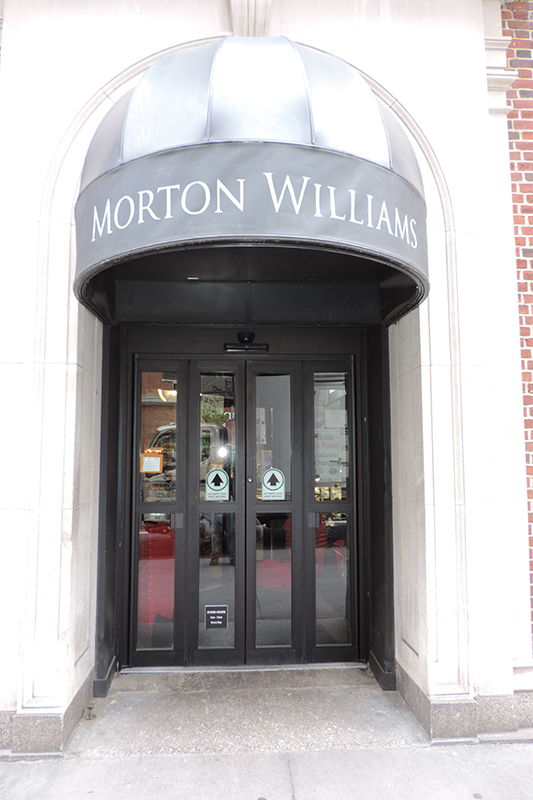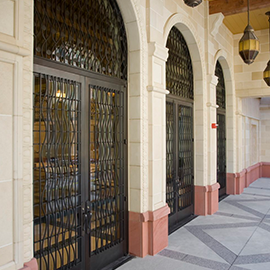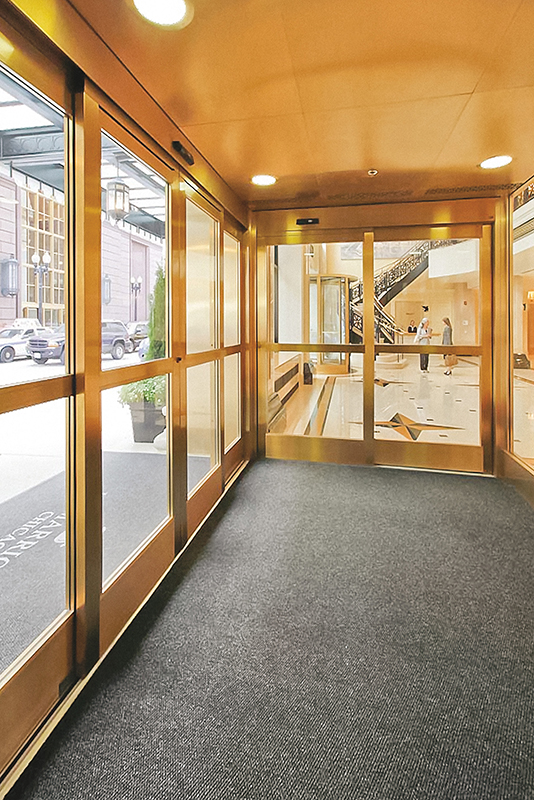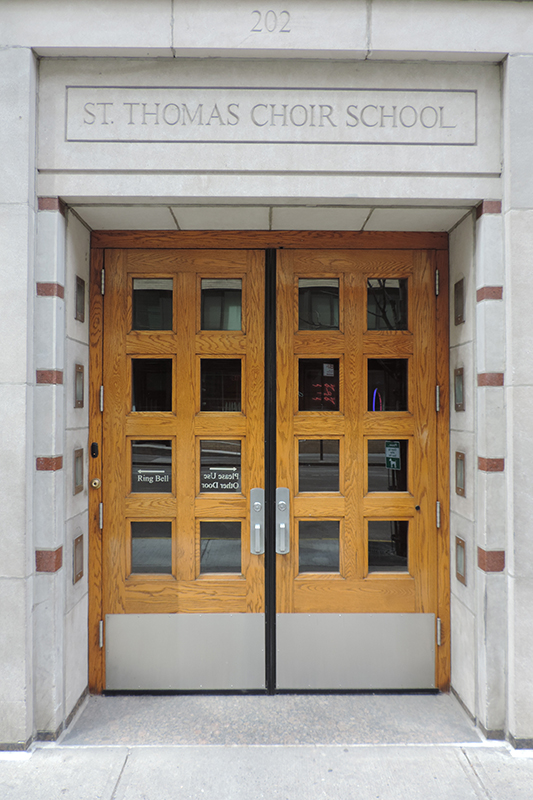The Intersection of Design and Automation
In the ever-evolving landscape of modern architecture, the convergence of aesthetics and technology has become a hallmark of innovative design. Custom door automation stands at this intersection, transforming entrances from mere functional thresholds into integral design elements that enhance the visual appeal and usability of commercial spaces.
Architects and building designers are increasingly seeking ways to integrate cutting-edge automation solutions into their architectural visions. As buildings grow smarter and more responsive to human needs, the role of automated entry systems has expanded well beyond utility. Custom door automation enables a seamless blend of style, convenience, and performance, elevating the experience of entry and exit for occupants and visitors alike.
Benefits of Custom Door Solutions
While automation may initially be considered for its practical benefits, the value it adds to design should not be underestimated. Custom door automation offers a host of advantages that extend across both form and function:
- Enhanced User Experience: Automated doors provide smooth, hands-free entry and exit, which is particularly beneficial in high-traffic areas, for individuals with disabilities, and in settings with hygiene concerns.
- Improved Safety and Security: Integrated sensors and access control systems help manage building security without compromising aesthetic intent.
- Energy Efficiency: Modern automated door systems are designed to minimize air leakage and can be synchronized with HVAC systems, contributing to sustainable design objectives.
- Custom Design Flexibility: Unlike one-size-fits-all solutions, custom automation allows for architectural creativity, enabling doors to complement or even become focal points of the building’s facade.
Enhancing Aesthetics through Advanced Technology
Technology no longer sits in the background of design. Instead, it is now a visible, deliberate component that enhances both the appearance and performance of building features. When thoughtfully integrated, custom door automation becomes a visual asset.
Consider how subtle yet sophisticated motion sensors, low-profile motors, and silent operation mechanisms preserve the design integrity of glass facades, heritage buildings, or high-end retail storefronts. Automated doors no longer need to be bulky or intrusive. With the right partner and technology, they can blend seamlessly into a building’s design language.
Material and Finish Options
One of the hallmarks of custom door automation is the ability to tailor materials and finishes to suit the aesthetic goals of a project. Whether the goal is to achieve a sleek contemporary look or match the historical charm of a heritage building, material choices play a critical role:
- Glass: Frameless or minimally framed automated glass doors offer transparency and openness, ideal for modern and commercial settings.
- Wood: Custom wood finishes provide warmth and character, ideal for boutique retail, hospitality, or office spaces.
- Metal: Brushed stainless steel, bronze, or aluminum finishes bring a modern, industrial edge to entrances while offering durability.
- Custom Coatings: Powder coatings and color-matched finishes ensure doors align with brand colors or architectural palettes.
With a wide array of material and finish options, designers can create automated door systems that not only function effortlessly but also enhance the building’s visual identity.
Integrating Automation with Architectural Design
For architects, every line, texture, and opening is part of a greater design narrative. Automated doors should support and enhance that narrative. Custom door automation enables this by adapting to the nuances of the architectural vision:
- Hidden Mechanisms: Motor drives and tracks can be concealed within floors or ceilings, maintaining clean architectural lines.
- Adaptive Sizing: Doors can be customized to match oversized or unusually shaped openings, preserving scale and proportion.
- Coordinated Motion: Synchronization of multiple doors or integration with lighting and security systems creates a unified experience.
- Preservation of Historic Elements: In retrofits or renovations, custom automation allows for modernization without disrupting heritage aesthetics.
The result is a cohesive and fluid design that respects both the artistic and practical needs of the space.
Examples of Impactful Custom Installations
Custom door automation is being employed in a wide range of environments, each with its unique aesthetic and operational demands. Here are a few real-world scenarios where automation has made a significant impact:
Corporate Headquarters in Midtown Manhattan
A Fortune 500 firm upgraded its lobby with custom sliding glass doors that disappear into the walls. The automation system was built into the ceiling, making the doors nearly invisible when open. The result is a minimalist, high-tech entrance that reflects the company’s innovation-driven brand.
Boutique Hotel in Brooklyn
A boutique hotel worked with Door Automation Corporation to install custom wood-framed swing doors that open automatically for guests arriving with luggage. The warm wood finish matches the mid-century interior, while the motion sensors are concealed within overhead beams, preserving the space’s aesthetic authenticity.
Urban Medical Center in Queens
An urban healthcare facility integrated non-contact door automation in all entryways and internal passageways. These doors use antimicrobial materials and operate hands-free to reduce germ transmission. The clean lines and glass surfaces contribute to a modern, hygienic appearance, promoting trust and comfort for patients and visitors.
Art Gallery in SoHo
An upscale art gallery opted for frameless revolving doors that operate silently. This solution creates an uninterrupted flow between the indoor and outdoor spaces while maintaining temperature and humidity control essential for artwork preservation. The automation hardware was completely hidden, allowing the gallery’s minimalist design to remain undisturbed.
Why Work with Door Automation Corporation?
At Door Automation Corporation, we understand that entrances are more than just access points—they are part of your building’s identity. That’s why we specialize in providing custom door automation solutions that merge form with function.
Our team works closely with architects and designers to develop access systems that meet each project’s unique aesthetic, operational, and safety requirements. From sleek sliding doors for corporate lobbies to touchless entry systems for medical and educational facilities, we have the expertise and products to bring your vision to life.
Here’s what sets us apart:
- Custom Capabilities: We offer a wide range of materials and design options to match any architectural style.
- Expert Consultation: As trusted design consultants, we collaborate with many of the top architectural firms in New York City.
- Advanced Technology: Our solutions include motion sensors, access controls, and non-contact operation—ideal for post-COVID environments.
- Regulatory Compliance: All our new automatic door systems adhere to energy compliance standards and industry regulations.
- Professional Support: Our skilled professionals ensure your systems are installed, maintained, and functioning reliably.
Make Your Building Stand Out
Whether you’re designing a corporate campus, cultural institution, medical facility, or boutique storefront, integrating custom door automation can significantly enhance the appeal, usability, and innovation of your project. It’s an investment in both beauty and performance.
Contact us today to explore how we can help you create functional, dependable, and visually stunning entryways that leave a lasting impression.
Call to speak with one of our design consultants. Let’s bring your architectural vision to life—one door at a time.







